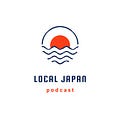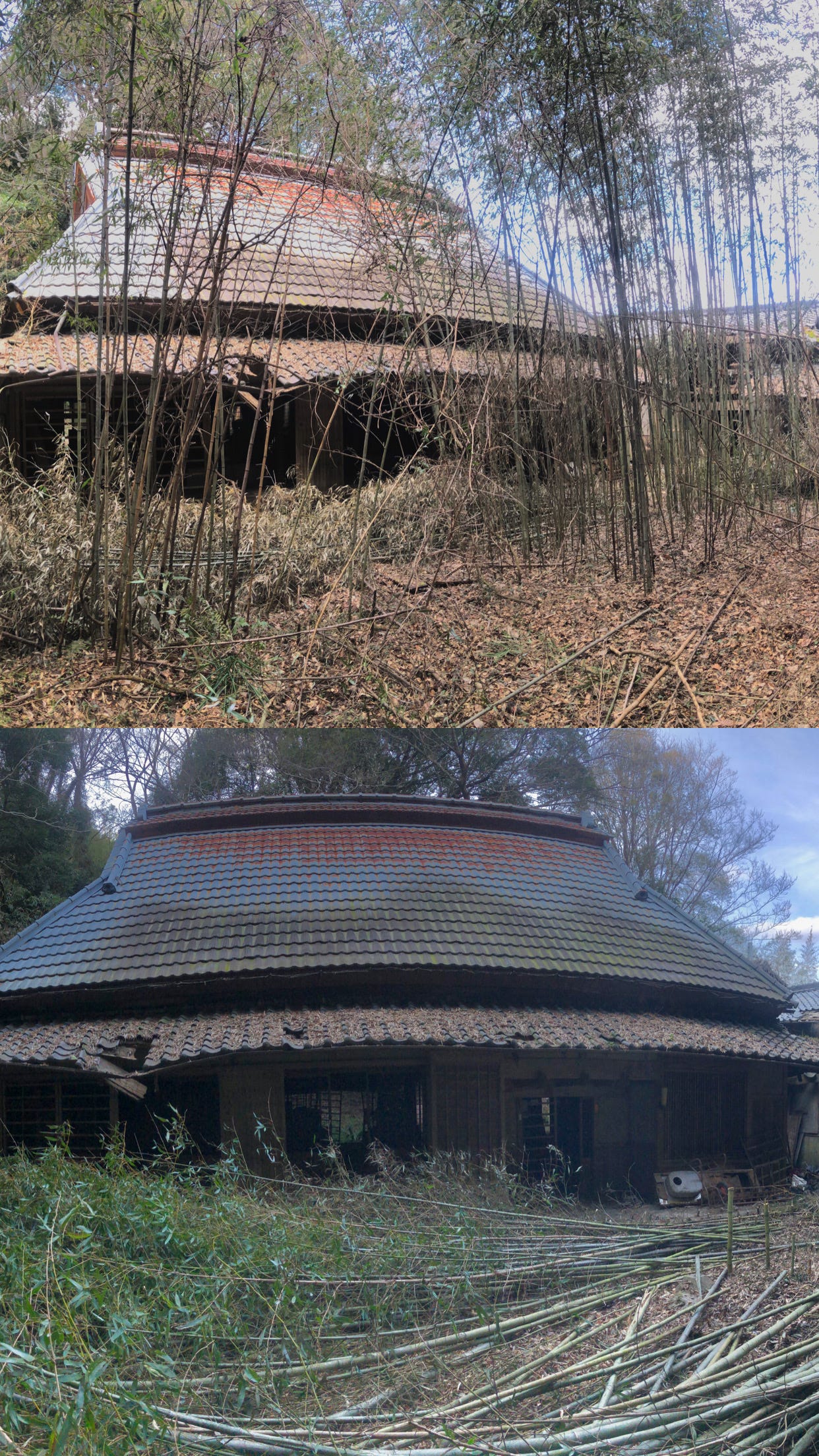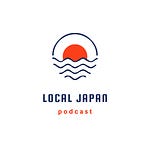The contract, payment, and legal documentation all went through successfully this month — officially making me a homeowner and landowner in Japan! Frankly, there is a good reason why I was able to acquire the property for the price that I did. It seems that the structure was hardly ever updated in its 100+ year life to meet modern standards of the day. To make matters more extreme, for the past 30 years, its previous owners left it abandoned to degrade into the mountainside. But no matter, this is precisely why I am here.
I extend my deepest gratitude to Nishimura-san and the whole team at Nishimura-gumi, who helped me acquire the kominka. First, they accepted my offer to volunteer for free doing whatever they needed at their work sites. They very well could have brushed me off. As I came to help several times a week, we built trust over time. When I approached them for support to find a property of my own, they gathered their networks and resources to pinpoint places for me to check out. They even helped me complete the legal documentation after purchasing it, which certainly would have been difficult to do in Japanese at the legal affairs bureau.
Ultimately, they gave me an opportunity. That’s what I’ll truly remember and appreciate forever.
In my year-long experience of searching for a property to restore in Japan, I have met many good people who have gone out of their way to offer their time and resources. I have also encountered an excess of unnecessary gatekeepers. They have their reasons (I have no financial history in Japan, I lack a business track record, I’m a homebuilding amateur).
In the end, though, the latter group has given me the perspective to foster self-reliance. Each frustration taught me to build up my competencies myself: read the Inns and Hotels Act in Japanese, read the Building Standards law in Japanese, don’t borrow money, don’t buy a property above what I can afford, learn about build science, read up on engineering and physics, and the list goes on. In the face of barriers, I’ve gained an instinct to do things from scratch.
Nishimura-san is a member of that former group, but one who has gone above and beyond. His renovation company, Nishimura-gumi, has been the diamond in the rough that has allowed me to put my guard down. Nishimura-gumi (as an organization) and I (as a determined volunteer) complemented each other’s needs and goals. Most importantly, Nishimura-san gave me — a sole, wandering, but determined foreigner — a chance.
I have been occupied in the past few weeks with cutting scores of bamboo, which has encroached on the buildings. I found a few maple trees growing on the forest floor, so I made sure to protect them. I also bought a kei-truck. This little car will do the heavy lifting of trash removal for me this month. Once I have a clean job site, the technical repairs may begin.
This brings us to today’s podcast episode about build science and Passive House certification. As the planning and design stage approaches, I need to begin thinking about how to turn this old house into a beautiful, quality home that meets modern high-performance standards. The book Passive House Details: Solutions for High-Performance Design has been an important resource for me in this regard.
The authors are accredited, certified, and practicing architects out of the Eugene, Oregon area who have collected excellent case studies of Passive House buildings across the United States. They explain what exactly is Passive House and what are the basic principles. Then, they go into great detail about materials to use, designs to consider, and much more; but they do so in a well-written and approachable manner. The book should serve as an excellent guide for anyone entering the design stage of their project.
I hope that this episode can inform at least one person who is renovating a Japanese home about the passive house standard and the importance of understanding build science. Now, the big question is if I can put these principles into practice on my project.
Books Mentioned In This Episode:
Links to More Resources:











#48 Passive House Details You Should Know Before Renovating in Japan